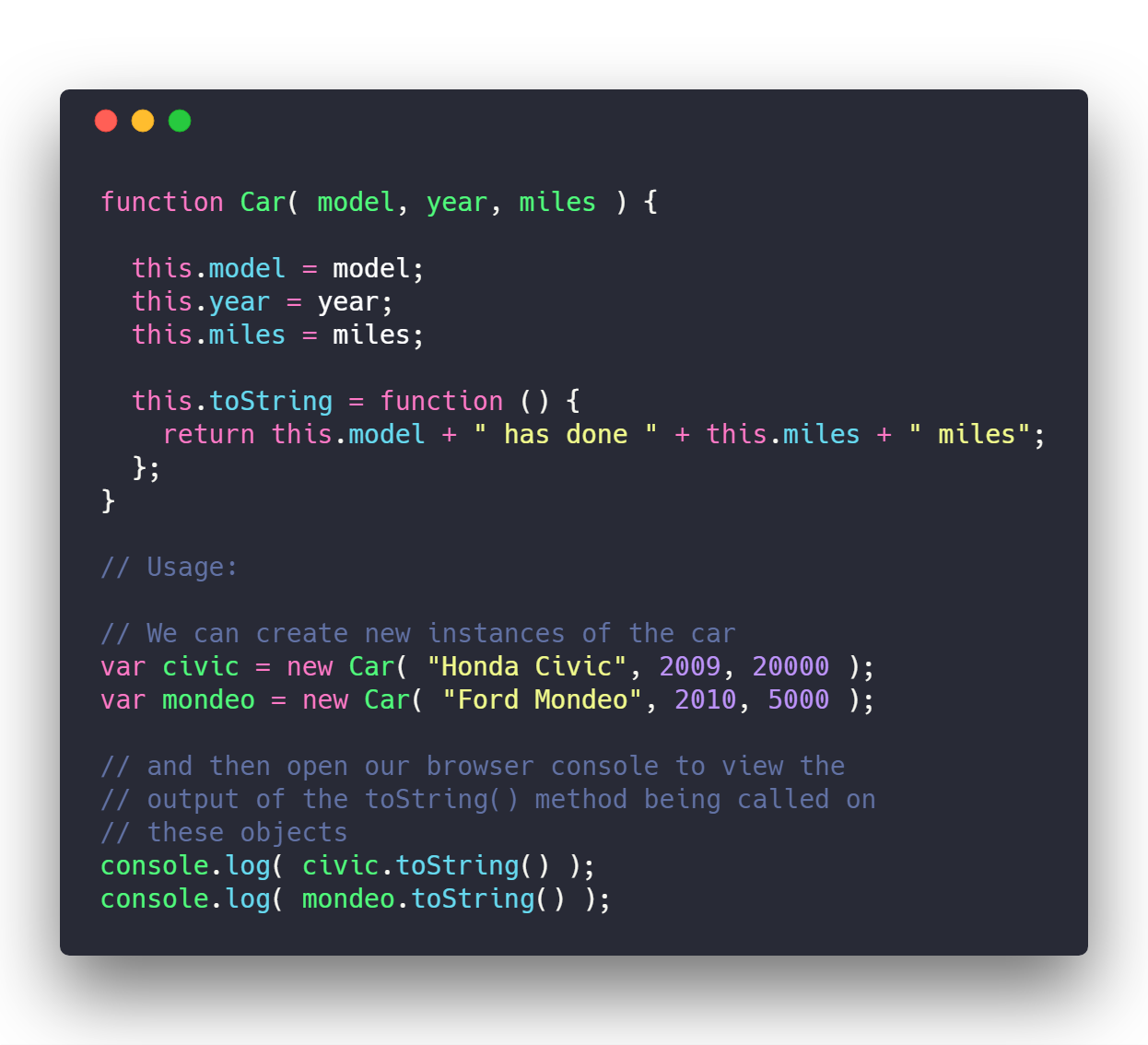

Structrural Design Patterns: Adapter, Bridge, Composite, Decorator, Façade, Flyweight and Proxyīehavioral Design Patterns: Chain of Responsibility, Command, Interpreter, Iterator, Mediator, Memento, Observer, State, Strategy, Template Method and Visitor SOLID Design Principles: Single Responsibility Principle, Open-Closed Principle, Liskov Substitution Principle, Interface Segregation Principle and Dependency Inversion PrincipleĬreational Design Patterns: Builder, Factories (Factory Method and Abstract Factory), Prototype and Singleton In fact, here's the full list of what is covered: This course covers all the GoF design patterns. The appeal of design patterns is immortal: we see them in libraries, some of them are intrinsic in programming languages, and you probably use them on a daily basis even if you don't realize they are there. The original book GoF book used C++ and Smalltalk for its examples, but, since then, design patterns have been adapted to every programming language imaginable: C#, Java, Swift, Python and now - JavaScript!

They were popularized with the 1994 book Design Patterns: Elements of Reusable Object-Oriented Software by Erich Gamma, John Vlissides, Ralph Johnson and Richard Helm (who are commonly known as a Gang of Four, hence the GoF acronym).

This course provides an overview of all the Gang of Four (GoF) design patterns as outlined in their seminal book, together with modern-day variations, adjustments, discussions of intrinsic use of patterns in the language.ĭesign Patterns are reusable solutions to common programming problems. Use of modern developer tools such as JetBrains WebStormĭiscussions of pattern variations and alternative approaches Use of modern programming libraries and frameworks The latest versions of the JavaScript programming language This course in particular covers patterns with the use of: This course provides a comprehensive overview of Design Patterns in JavaScript from a practical perspective.


 0 kommentar(er)
0 kommentar(er)
